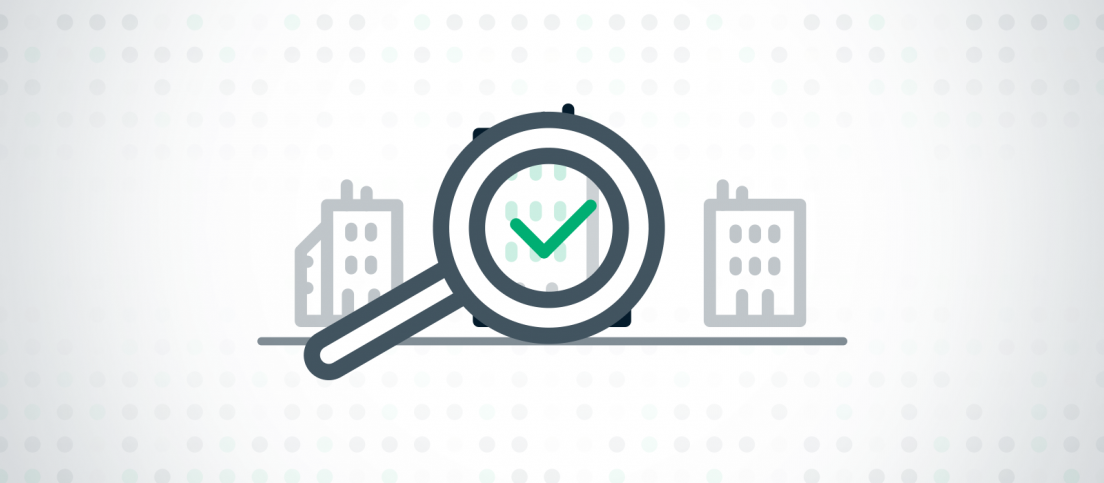As everyone knows, who runs a health organization, health care is about more than diagnosing patients and practicing positive bedside behavior. At its core, much of the work in healthcare is rooted in communication. Nurses communicate with patients and their families, doctors communicate with specialists, administrators communicate with insurance specialists, insurance companies communicate with pharmacies, and all these different people communicate with each other.
So it shouldn't be so shocking that email security is an important concern in the healthcare industry. Secorio has detailed written about the threatsto which companies are exposed via email, e.g. B. targeted Spear-phishing attacks that are designed to entice employees to reveal confidential information or even money. My colleague Tim Callan (CEO of Sectigo CA) also wrote about S/MIME and how its certificate-based authentication technology can help reduce the risk of email-based attacks and keep confidential information under lock and key.
Healthcare is more at stake than many other industries. The information that needs to be protected must be protected not only for ethical reasons, but also for legal reasons. Health Insurance Portability and Accountability Act of 1996 ( HIPAA ) sets firm ground rules for protecting patient privacy and it is up to the healthcare industry to take appropriate measures to comply with these rules.
The type of information that is involved makes the healthcare industry an important target for attackers. Patients' personal health information (PHI) often needs to be emailed and HIPAA requirements require that the PHI be protected using digital certificates so that healthcare facilities can effectively protect patient privacy. Emails that are sent beyond the firewall must be encrypted consistently: they must be encrypted on the sending mail server, on the receiving mail server and during transmission. This level of encryption ensures that only the sender and recipient of the email can view the content. This means that even the operator of the server or the malicious software can see the content within the established email controls. It even works with mail servers running in third-party cloud services.
Encryption may sound complicated, but S/MIME technology offers a comprehensive email security solution that addresses each of these issues - and in an industry that regularly emails personal, health, insurance, and payment information this is not the case. It is not difficult to understand why these protective measures are important. Through the organization-wide provision of e-mail certificates, S/MIME offers exactly the security measures prescribed by HIPAA in a cost-effective and user-friendly package.
Using S/MIME to encrypt emails allows professionals to meet HIPAA email retention requirements without compromising security requirements. Since the email content is encrypted before being archived, PHI remains protected from being passed on regardless of how it is stored. The search for header information in the application remains critical, so that S/MIME encryption is perfect for both secure storage and simple retrieval of information.
Regulations like HIPAA can be intimidating, but thanks to the simplicity of S/MIME technology available to health organizations today, compliance can be very easy. SMIME offers reliable end-to-end encryption and straightforward protocols for archiving and retrieving information and enables these organizations to protect PHI and protect their own emails from external threats.

